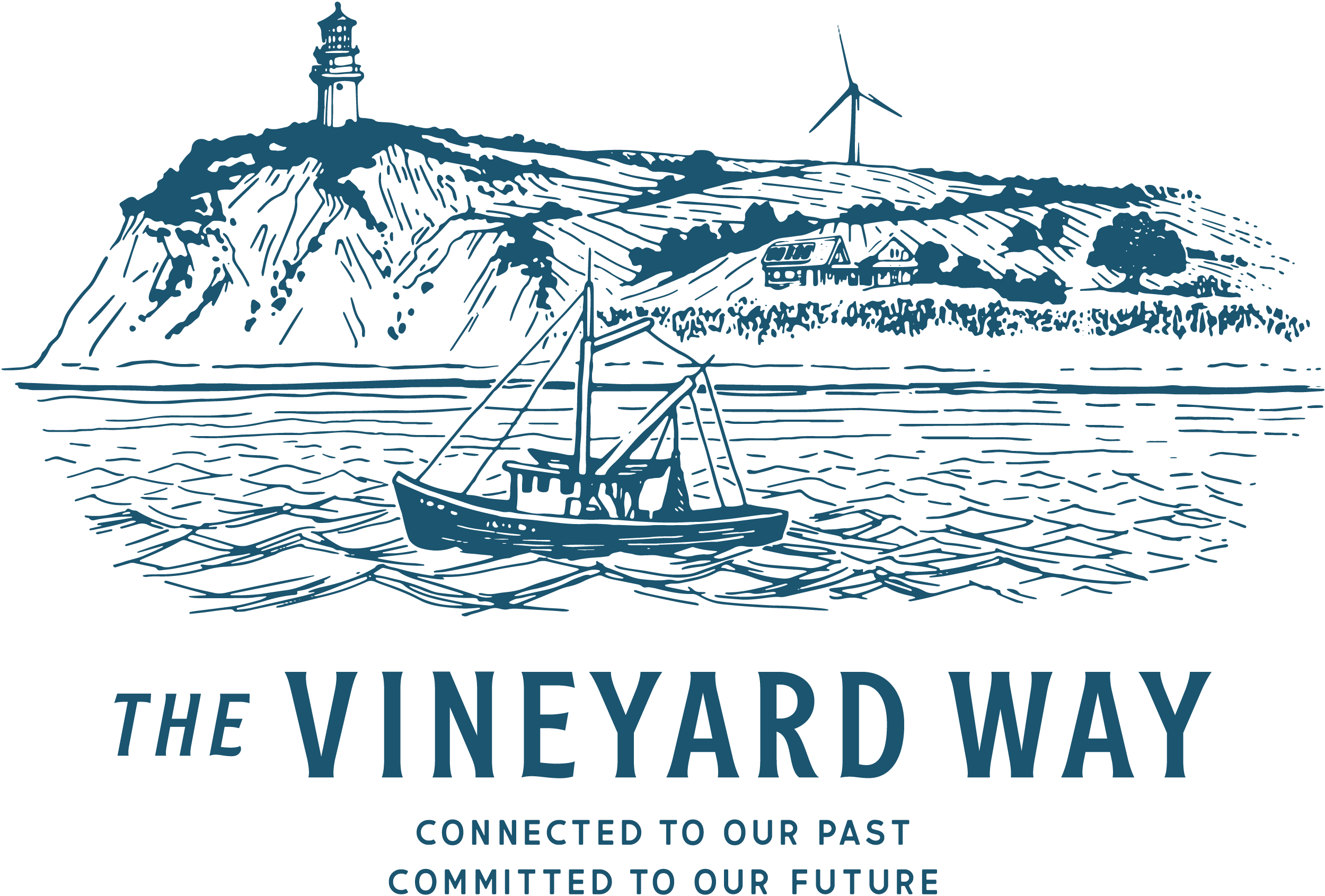About
The Vineyard Way is our guide to reducing greenhouse gas emissions, managing the impacts of climate change, and creating a healthier and more resilient community for everyone.
A warming earth and changing climate has consequences. We can already observe the impacts globally: melting ice caps, sea level rise, more intense storms, droughts, wildfires, ocean acidification, and soil depletion. This plan explores and addresses the local impacts.
If we don’t act now, what will life on the Island look like in the year 2100?
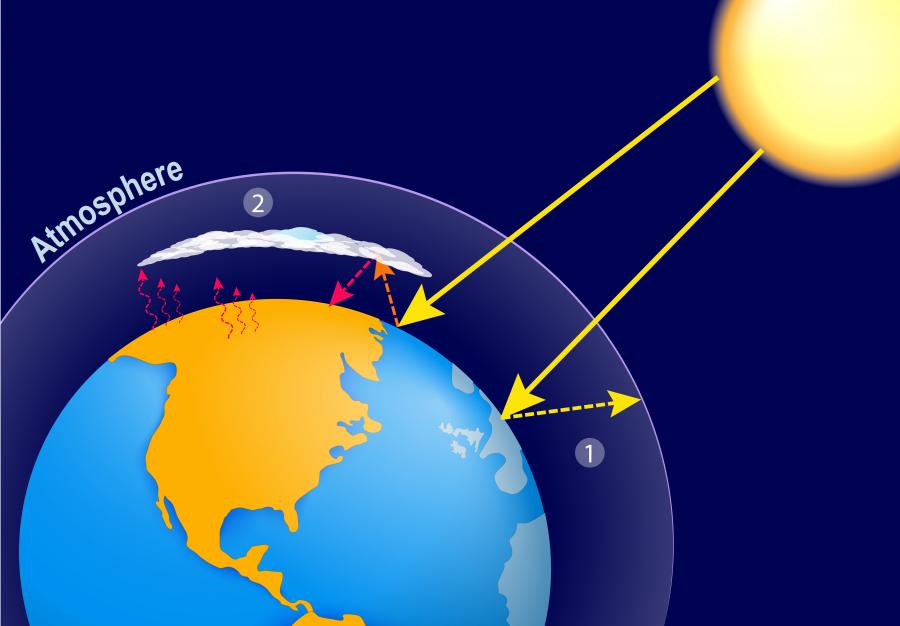
What Causes Climate Change?
Greenhouse gases (GHGs), like carbon dioxide and methane, are essential to life on Earth. They provide a “blanket” in our atmosphere, trapping heat and regulating the Earth’s temperature. However, when we burn fossil fuels to power our homes, businesses, and vehicles, we increase the level of GHGs in the atmosphere, creating a much thicker “blanket” that disrupts the Earth’s climate. The result is more intense storms, flooding, and heat waves, which we are already experiencing on the Island.
Like much of the developed world, life on Martha’s Vineyard is almost entirely dependent on fossil fuels. The cars we drive, the food we eat, the products we buy, the energy we consume, the houses we build, the items we ship, and the ways we travel to and from the Island all rely on fossil fuels.
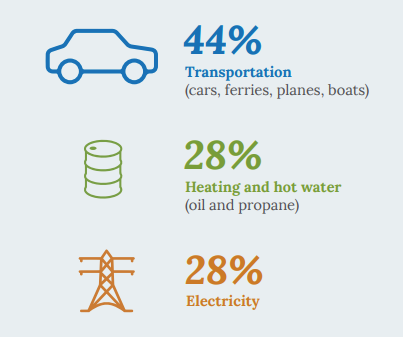
Island Emissions
In a baseline year of 2018, the Island emitted approximately 270,000 metric tons (606 million pounds) of carbon dioxide, equivalent to the emissions of approximately 60,000 cars in one year.
This data shows us our biggest opportunities to reduce emissions that we produce. It will take everyone in our Island community taking action to achieve our goals.
- Getting out of our cars (and electrifying them)
- Switching to electric systems for heating our homes and businesses
- Transitioning our electricity to renewable sources, like wind and solar
Bold Goals
The Island community is taking steps to reduce its reliance on fossil fuels. As of July 2021, all six towns on Martha’s Vineyard and the Martha’s Vineyard Commission resolved to:
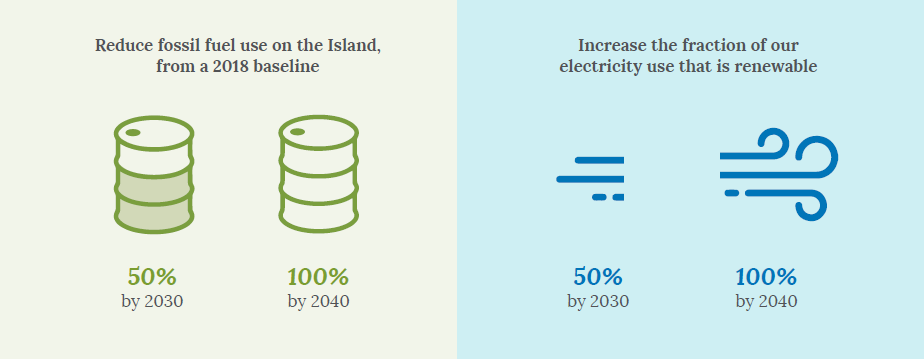
Projected Impacts
Hotter Temperatures
Greenhouse gases trap heat in our atmosphere, causing temperatures to rise and setting off a chain reaction of far-reaching impacts.
Annual average temperatures on the Island are projected to rise by up to 5.2°F by 2050 and 9.1°F by 2100. While average temperatures rise, we can expect more extreme heat: up to a month of days over 90°F by 2100.
These higher temperatures will mean more demand for water resources, damage to our agriculture, more vector-borne disease, and risk of heat related illness especially for vulnerable community members like seniors and children.
Rising Seas
Sea levels on the Vineyard have risen about 6” since 1970 and are expected to rise up to 1.8 feet by 2050; the Woods Hole tide gauge projects an increase of 1.5 to 6.5 feet by 2100.
By 2050, it’s projected we will see 35-135 “sunny-day coastal flooding days” per year as opposed to 2020, which expected to have no more than three to seven days.
Rising seas will have devastating effects for our coastal infrastructure, homes, and treasured natural areas like beaches, dunes, and salt marshes.
Warming Oceans
The waters around our Island are warming faster than the global average; we’ve already seen nearly 1°F of warming between 1950 and 2007. The local ocean surface temperature is expected to increase up to 5.4°F by 2100, with waters becoming more acidic as well.
Changing ocean temperatures and acidity could mean loss of habitat for our key fisheries, declining quality of Island ponds, and changing fish migration and shellfish lifecycles. These impacts will disturb our commercial and recreational fishing industries and the livelihoods of community members that rely on them.
Extreme Precipitation and Storms
Climate change is expected to result in more intense and frequent storm events on the Vineyard, such as hurricanes and Nor’easters.
Rising temperatures and other shifting climate patterns will also change the amount, frequency, and timing of rainfall and snowfall. In 2100, winters will be wetter and summers will be drier. Changes in precipitation could lead to increased risk of drought and wildfire during dry periods and increased runoff during extreme rain events.
These hazards will lead to increased erosion of beaches and dunes, more coastal flooding and stormwater runoff, more frequent power outages, and damage to our natural environment, public health, and economy.
Climate and Environment
Climate change is threatening our environment and the benefits it provides. Ecosystems that are already degraded will be less resilient to the changes underway. Taking actions to protect and strengthen these ecosystems is therefore one of the best tools we have to create resilience in the face of climate change.
A healthy environment provides the foundation for our health, safety, economy, and quality of life. Some of nature’s benefits are obvious, while others are not.
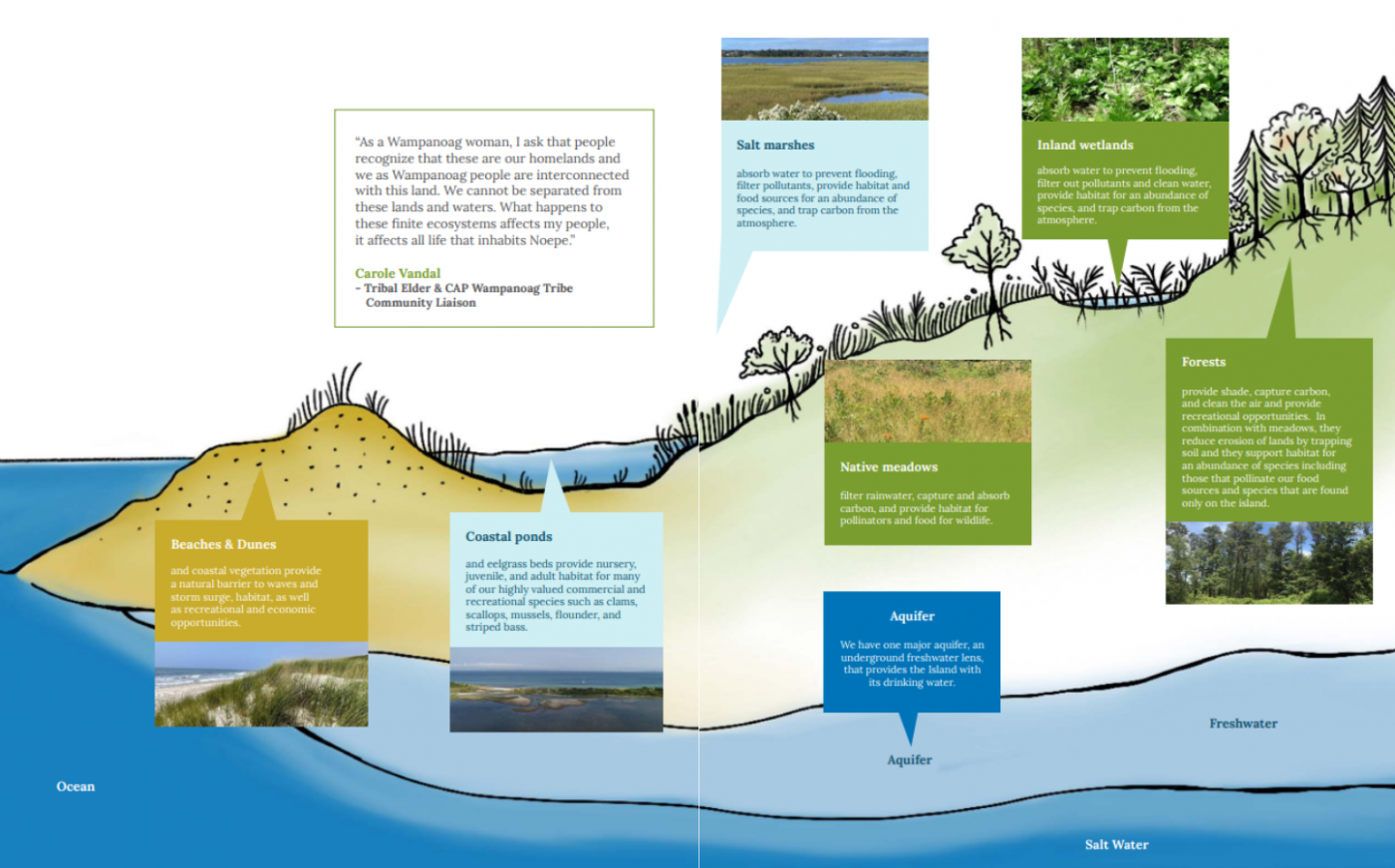
Taking Action for Justice
Community Equity and Inclusion
While climate change affects everyone, some people are disproportionately impacted by climate hazards and may need additional support and resources to effectively prepare and respond to those hazards. For example, an older individual who lives alone may need additional assistance to evacuate their home during an extreme weather event. Preparing for climate change with an equity lens means providing people with various level of support and assistance depending on their specific needs. Our plan identified vulnerable populations and actions to support them in adapting to climate change.
